7 tips for your roadbed and right-of-way: Keep your trains rolling with these easy tips. Learn how to store ballast nearby, easily pick up leaves, clear switch points, and more!
Piping under the roadbed
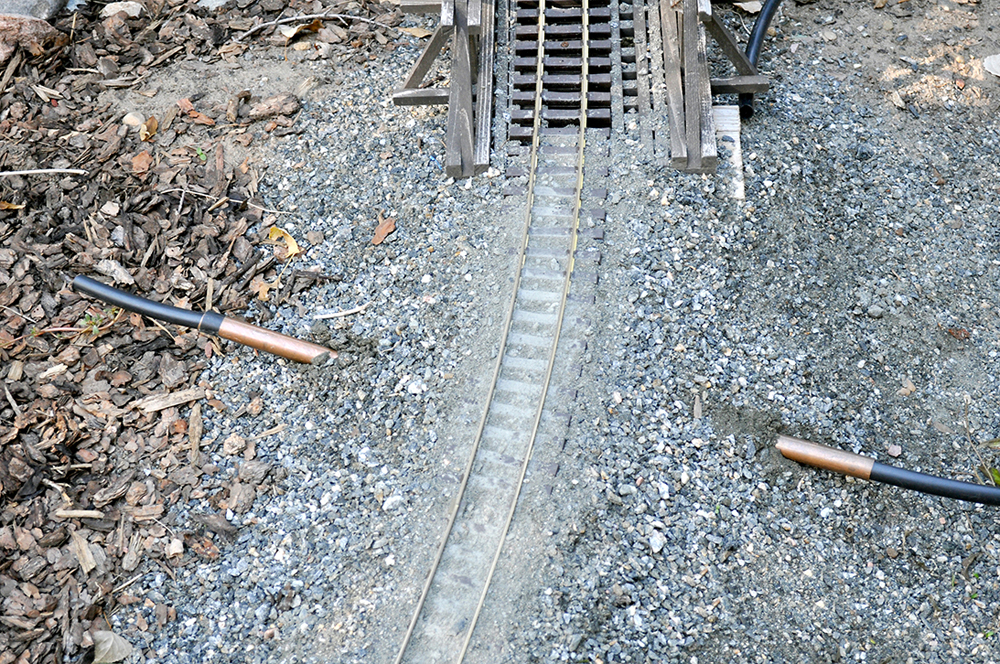
When we built our garden railroad, we found that we needed to provide water to plants on the far side of the line, but didn’t want to tear up completed roadbed to run a drip line. We found a length of copper pipe left over from another project. A quick check showed the inside diameter of this pipe was greater than the outside diameter of the drip line that we use. We cut the pipe to a three-foot length and capped it. Then we pushed the pipe under the roadbed ballast, uncapped it, and threaded the drip line through it so we could water the newly-planted area. –Judy and Bob Huddleston, Northglenn, Colorado
Back saving, multi-purpose tool
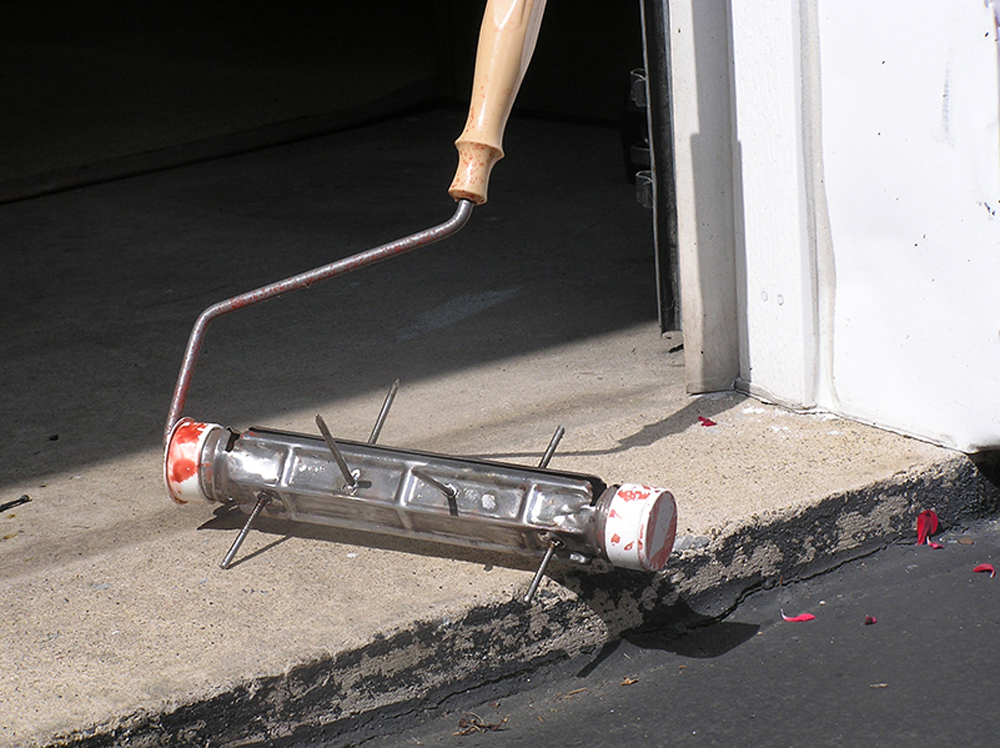
I was tired of picking up leaves around the spot I am preparing for my garden railway. I needed a tool small enough to get between my mother’s plants and big enough to get a good handful of leaves. I found an old paint roller and some rusty nails and decided to make a tool out of them. I cut the nails in half and soldered each half in different places on the roller (any number of nails will work.) The roller I used has an unscrewable handle so I can get a longer handle at any point. This can help anyone with a bad back. The tool is also good for making holes for seeds and loosening soil. –Peter J. Muto, State College, Pennsylvania
Clearing switch points
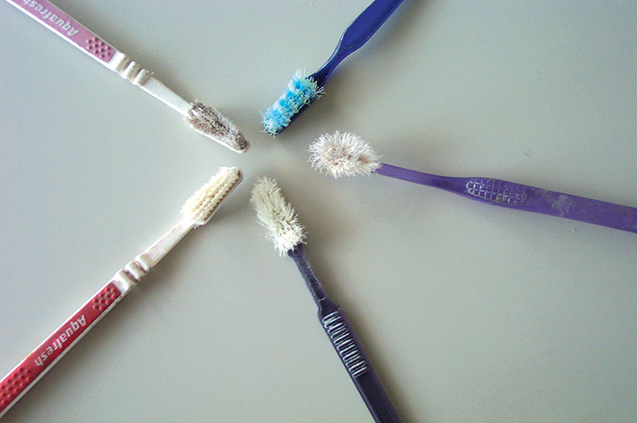
My switches suffer the occasional failure when a piece of gravel works its way into the wrong spot, making it impossible to close the points. Usually, a large piece of gravel can be flicked out of the way with a small pick or screwdriver but, sometimes, look as I might, I cannot see what is causing the problem. But just because you can’t see it doesn’t mean it’s not there. I found that a toothbrush worked so well in clearing the points that it is now part of my regular arsenal for maintaining switches. After a couple of vigorous passes with the toothbrush, everything works again, even though I never did see what it was that caused the problem. –Tom Gaps, Milwaukie, Oregon
Protecting plants from weed killer
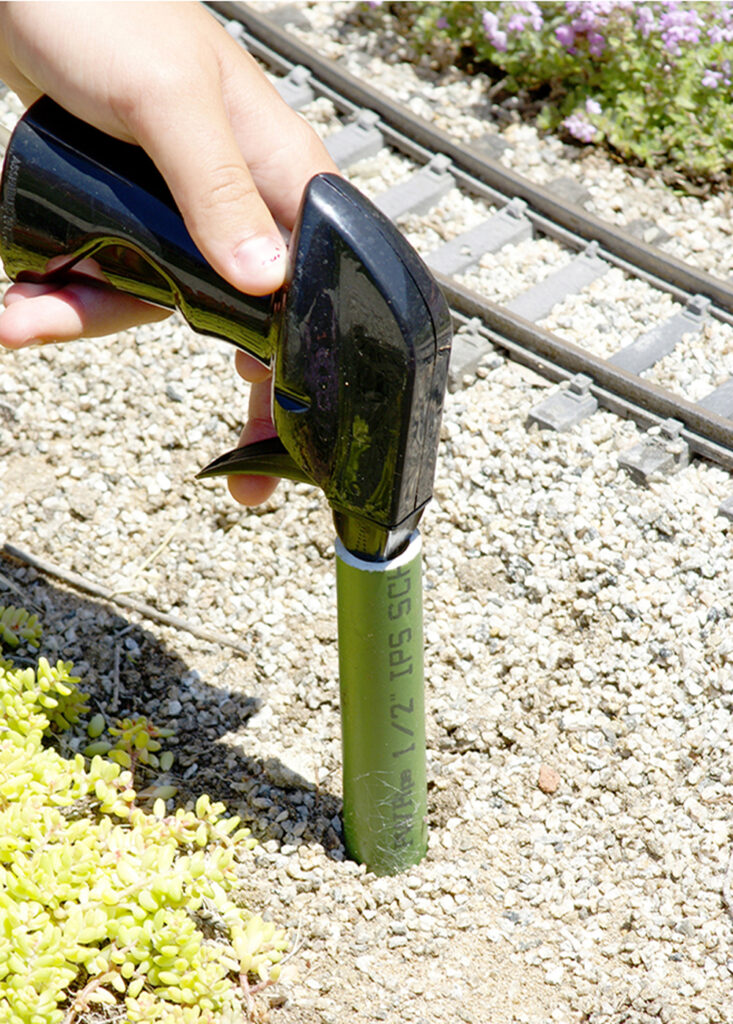
Weeding is a common chore for most of us. Reluctantly, I gave in to a weed killer. The problem was how to avoid collateral damage. Here’s my method for shielding desirable plants from overspray: Use a 5″ or 6″ piece of schedule-40 PVC pipe. Thread the pipe over the emerging grass, then press the pipe into the ground so it stands vertically. Set the nozzle of the sprayer to “stream,” place the nozzle against the pipe opening at the top, and spray. Leave the pipe in place for several days for maximum effect (or in case you need to spray again). –Tony Recht, Torrance, California
Economical way to join dissimilar rails
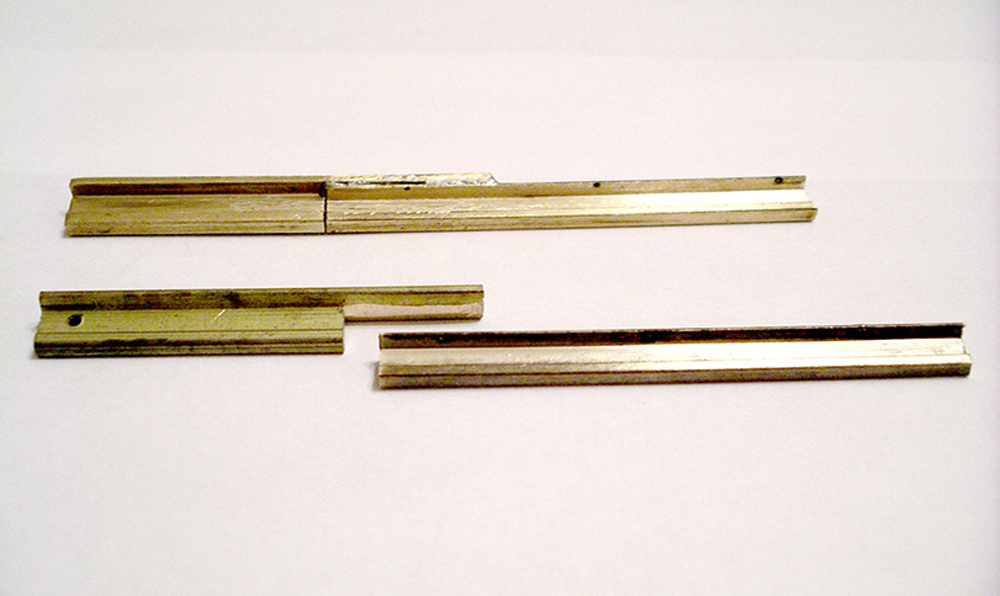
To join rails of different heights, I start by cutting the code-332 rail as shown in the lower left corner of the photo. I cut about an inch back, and down to the base of the rail, then cut horizontally along the base plate. The code 250-rail will then sit on the code-332 base, which can be soldered in place for a perfect match (upper half of the photo). –Bud Lutz, Eagan, Minnesota
Build a ballast box
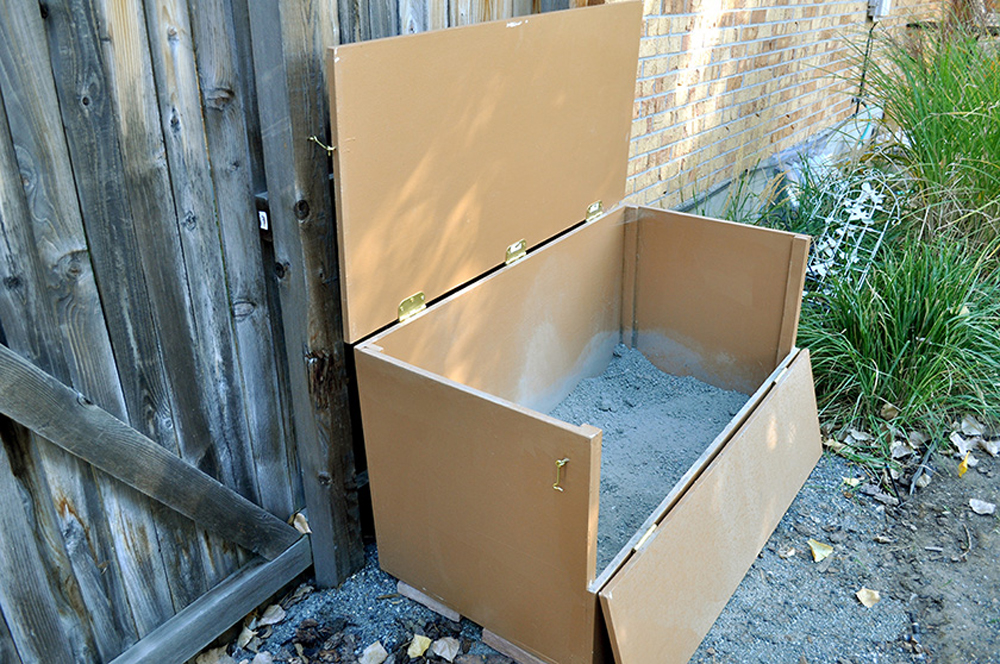
Replenishing ballast is a constant problem with garden railroads. At our Big Blue Spruce, we built a ballast box. Five 2 x 4 sheets of pine formed the box. We sawed one piece in half vertically for the sides and another horizontally for the front because we wanted to be able to easily shovel out the ballast. One hook holds the top open; hinges allow the front to drop down while hooks lock the front upright. We primed and painted it inside and out and placed it against the fence near the yard gate. The box holds about two-thirds of a cubic yard of ballast. –Bob Huddleston, Northglenn, Colorado













